The Solar System planets are an array of colours, from vibrant yellows, reds and blues to dark greys and murky browns.
But why is this? What colour are the planets, why are they all different colours and what causes these differences?
As is so often the case in astronomy, that’s a simple question to which there is unfortunately no one, simple answer.
That’s because it depends whether you’re talking about the colour of a planet as it appears when viewed through a telescope, or the colour you would see if you were standing on its surface (or at surface level, in the case of the gas giants).
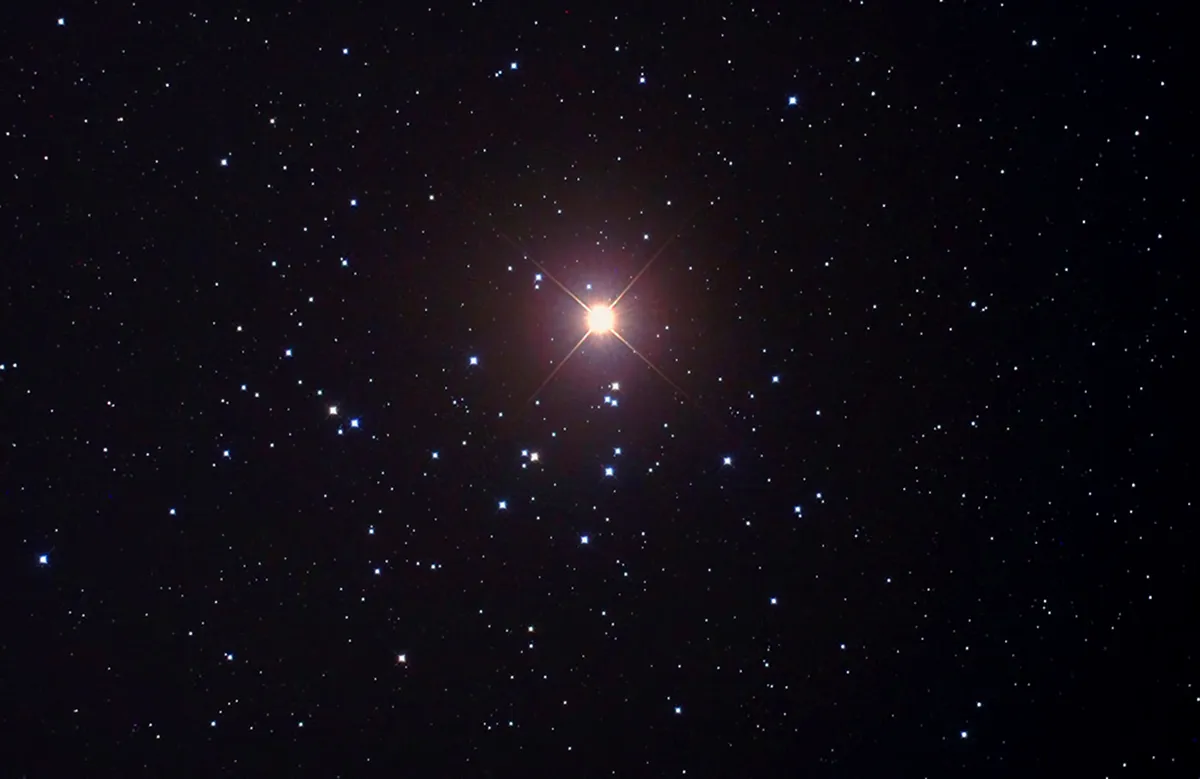
Colours of the planets: quick answers
- Mercury: grey
- Venus: golden brown
- Earth: blue
- Mars: red
- Jupiter: yellow, brown, red
- Saturn: yellow, brown, grey
- Uranus: cyan
- Neptune: blue
Colours of the planets explained
Earth
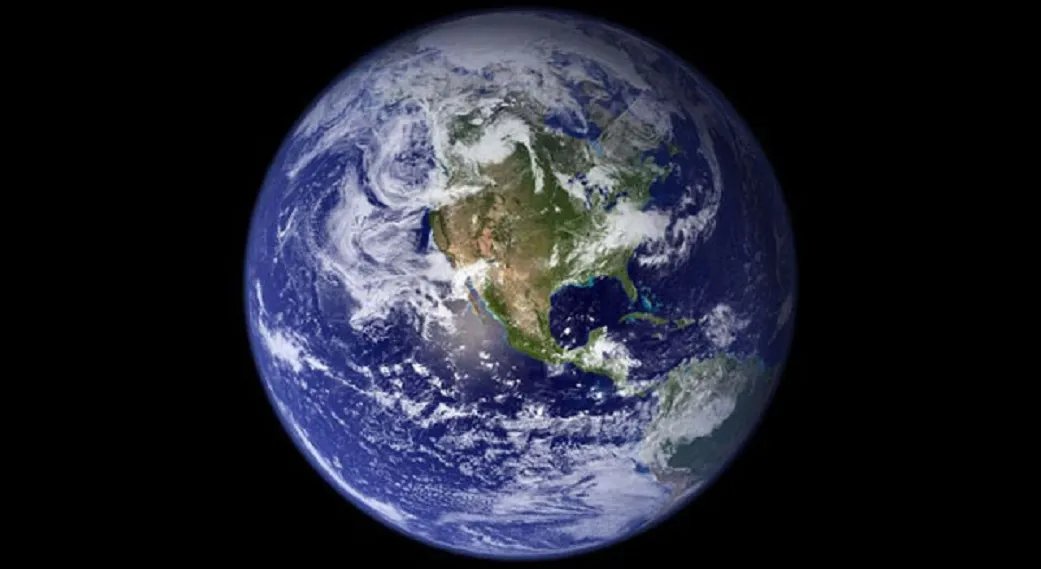
Take our own Earth, for instance. From space, it appears as a small blue dot.
But that’s largely a result of its atmosphere, and the huge proportion of its surface that’s covered with liquid water.
The actual ground beneath your feet may appear sandy coloured if you’re at the beach, grey if you’re trudging wearily down city streets, or green if you’re out in a field – or, indeed, peering down at the BBC Sky at Night Magazine office carpet.
Mercury
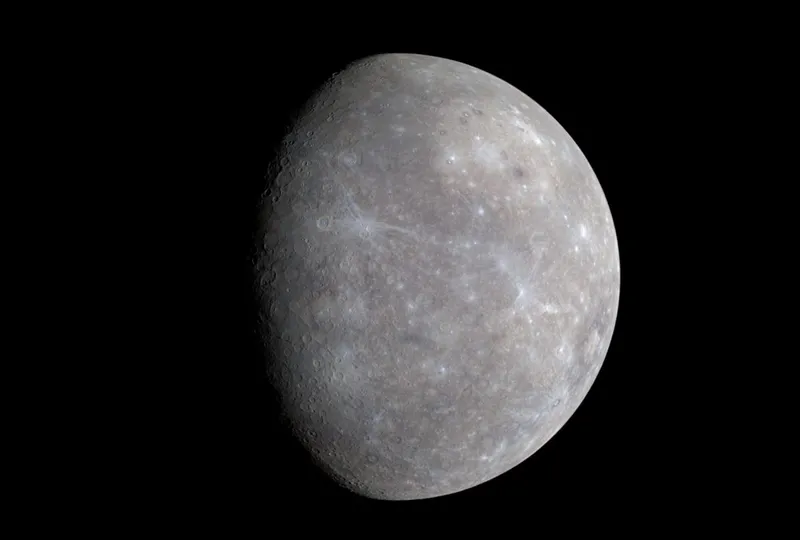
Starting with Mercury, then… the innermost planet can be hard to photograph, being so close to the Sun.
But what images we have of Mercury reveal a pockmarked grey surface similar to that of our own Moon.
We received amazing images of the planet courtesy of Bepi Colombo's flyby of Mercury in June 2024.
Mercury's grey colour is understandable because it’s similarly composed mostly of iron, nickel and silicates.
And because Mercury has a very thin atmosphere, it will appear grey whether viewed through a telescope or from ground-level.
Venus

Venus, on the other hand, would also look greyish if you were standing on the surface.
But Venus's atmosphere is dense and replete with blue light-absorbing clouds of sulphuric acid, so when viewed through a telescope, it has a golden, orange-y hue.
From the ground, at its best Venus looks like a bright star visibile in the morning or early evening, which is why Venus is known as the morning or evening star.
Mars

Mars, of course, is known as the Red Planet for a reason, in that it appears undeniably red even through small telescopes on Earth.
Being rich in iron oxide, the Martian regolith is indeed a kind of reddish, sandy colour – and like Mercury, its thin atmosphere means the colour on the ground is also what we see from space.
You can find out more about why this is the case in our guide Why is Mars red?
Jupiter and Saturn
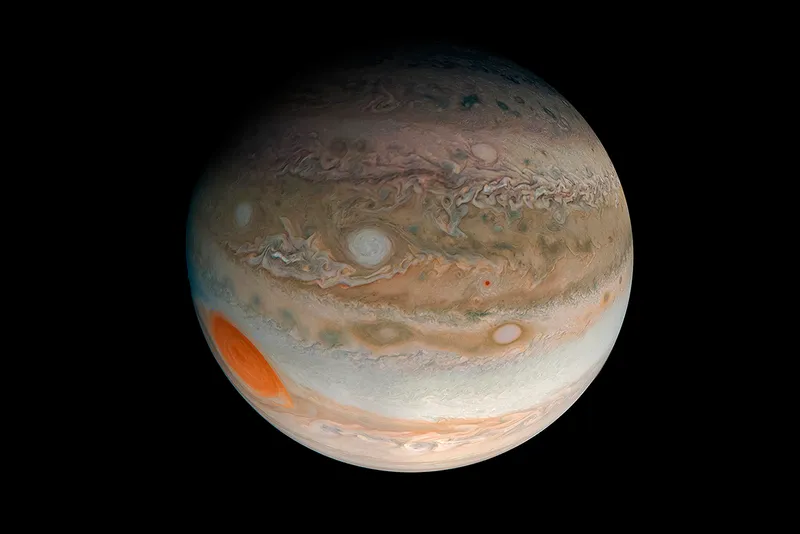
Things get more complicated when you move out to Jupiter and Saturn, because these gas giants don’t have a solid surface you could stand on.
They’re comprised mostly of hydrogen and helium, and it’s the relative proportions of these gases (along with clouds of other trace elements) that give the planets, when viewed from Earth, their distinctive banded, grey-and-brown appearance.
Jupiter appears to have yellow and brown stripes, and is covered with swirling white and red storms (including its biggest bright red storm the Great Red Spot).
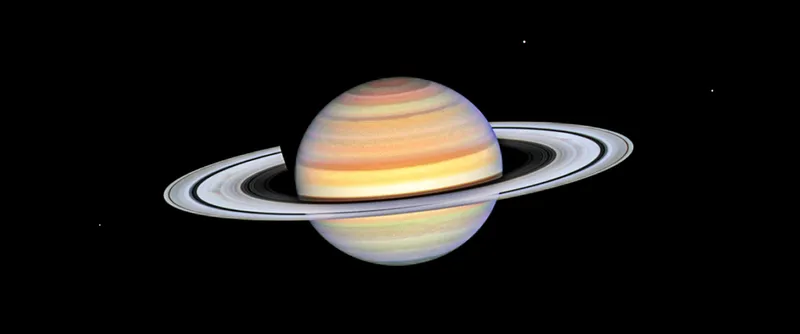
Saturn exhibits pastel colours in stripes and bands much more subtle than those of Jupiter: yellow, grey, and brown.
And of course, Saturn boasts those marvellous rings that appear different shades of grey.
Uranus and Neptune
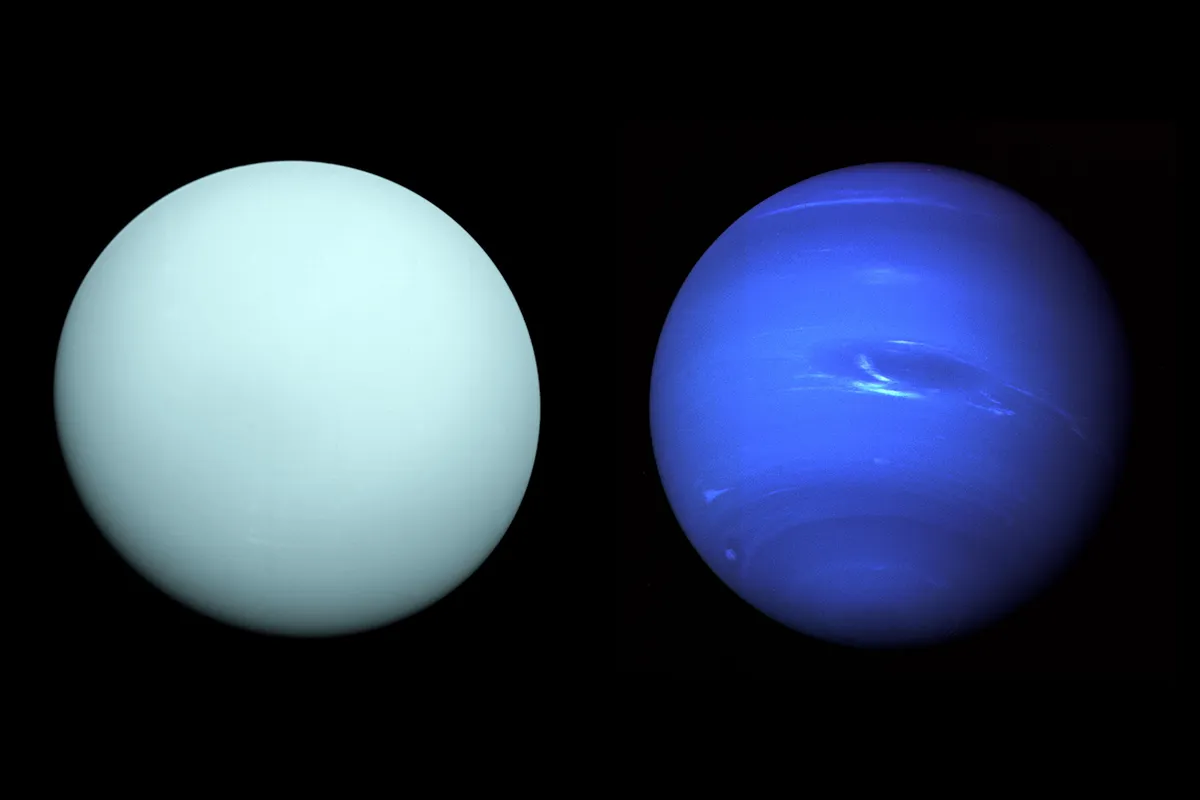
Uranus and Neptune are also composed mostly of gases, but unlike Jupiter and Saturn those gases include significant quantities of methane and ammonia.
Its these elements (plus the presence of large quantities of various ices) that give Uranus and Neptune their blue-ish hues.
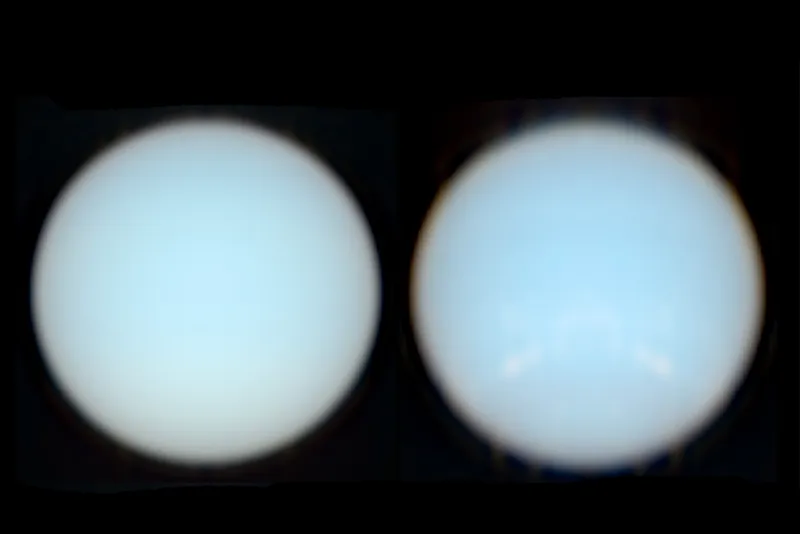
Uranus is an almost undifferentiated shade of pale cyan while Neptune’s deeper darker blue is scattered with white storm clouds.
And while Uranus and Neptune are different colours, a study released in January 2024 found that Uranus and Neptune are actually more similar in colour than originally thought.
